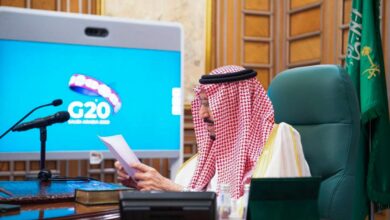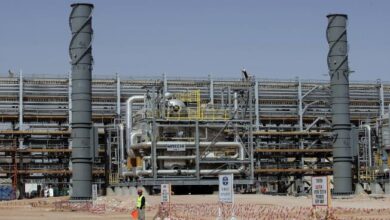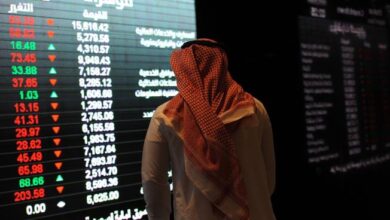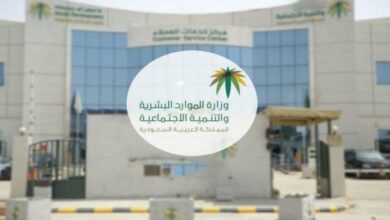$5 billion loan to meet Saudi’s deficit
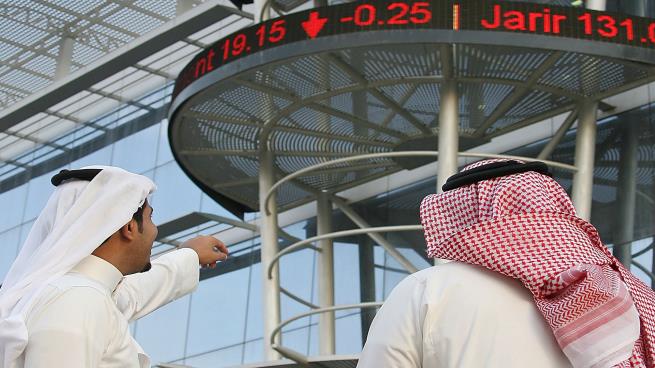
The Saudi regime resorted to borrowing five billion dollars by issuing international bonds as the first proposals in 2020 to cover the expected deficit in the public budget.
This comes in light of the aggravation of the economic crisis in the Kingdom due to the failure of the Saudi regime and the failure of its policies based on wasting the Kingdom’s wealth and capabilities.
And the Ministry of Finance announced in the Saudi system that the total number of subscription applications amounted to more than 23 billion dollars, with a coverage rate of 460% (4.6 times).
The bonds were divided into three categories, the first with a value of $1 billion for seven-year maturities (2027), the second with $1.25 billion for 12-year maturities (2032) and the third tranche with $2.75 billion for 35-year bonds, 2055 maturity.
The public debt of the Kingdom amounted to 678 billion riyals ($181 billion) until the end of 2019, constituting 24% of the GDP.
Declines in oil prices, the main source of income for the Kingdom, prompted the government to accelerate its resort to debt markets during the past five years, in order to fill its budget deficit.
And 2019 is the fifth consecutive year of deficits in the Saudi budget due to the decline in oil prices from their mid-2014 levels.
Last month, the kingdom announced its 2020 budget, spending $272 billion (less than 2019), against revenues of $222 billion, anticipating a deficit of $50 billion.
The cost of insurance on the Kingdom’s debt jumped by 16.3%, amid the risk of default, to bear the brunt of the reaction in the Middle East market in general.
Saudi credit risk swaps for five years reached 64 basis points, on Monday, up from 55 points on January 2, according to data from IHS Market International.
The jump in the cost of insuring the Kingdom’s debt is higher than that followed by the attacks that the Houthis adopted in Yemen on major oil installations in Saudi Arabia in mid-September 2019, and initially resulted in the Kingdom losing about half of its oil production.
Meanwhile, an international poll conducted by Reuters news agency showed that economic growth in the Kingdom will not exceed a slight rate of 0.3% in 2019, and that it is expected to grow by 2% in 2020 and by 2.2% in 2021, but analysts link these expectations The improvement in oil prices is the main source of the Kingdom’s revenues.
The Kingdom is expected to be affected by the oil production cuts agreed by the OPEC + organization during the last Vienna meeting.
OPEC and independent producers, including Russia, agreed last December to an increase in production cuts, to be added to restrictions previously agreed to curb production of 1.2 million barrels per day, and would account for about 1.7% of global oil production.
A similar survey three months ago had shown the same forecasts for 2020 and 2021, but it expected 0.7% growth for the Saudi economy in 2019.
Last November, Fitch said that the financial conditions will weaken in most of the countries of the Gulf Cooperation Council during the years 2019 and 2020, which will continue to put pressure on the budgets and balance of payments.
Fitch expects Gulf budgets to record a deficit of 1-2 percentage points of GDP in 2019, assuming that the price of Brent crude will reach $ 65 per barrel, compared to $ 71.6 per barrel in 2018. It stated that its forecasts in 2019 reflect the decline in average oil prices and an increase Spending, “Oil production volumes are also pressuring revenue.”

